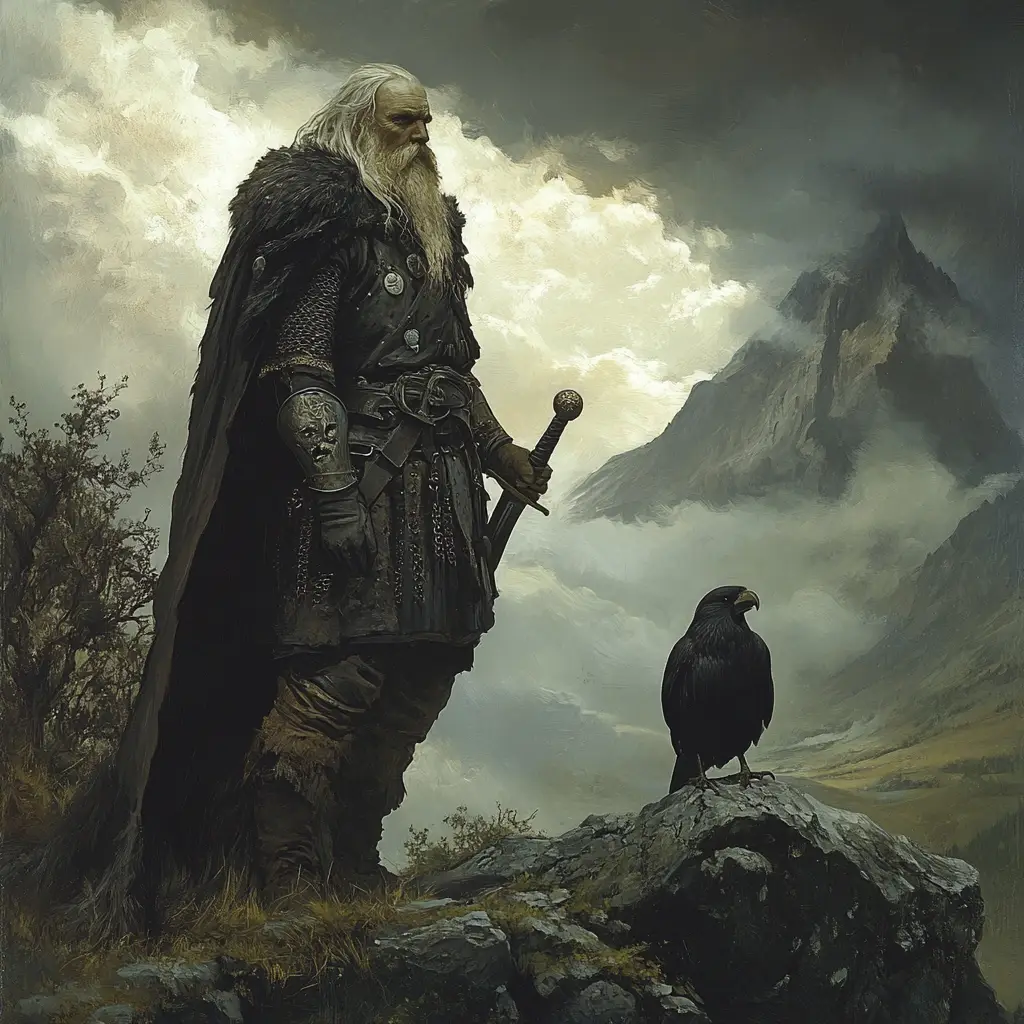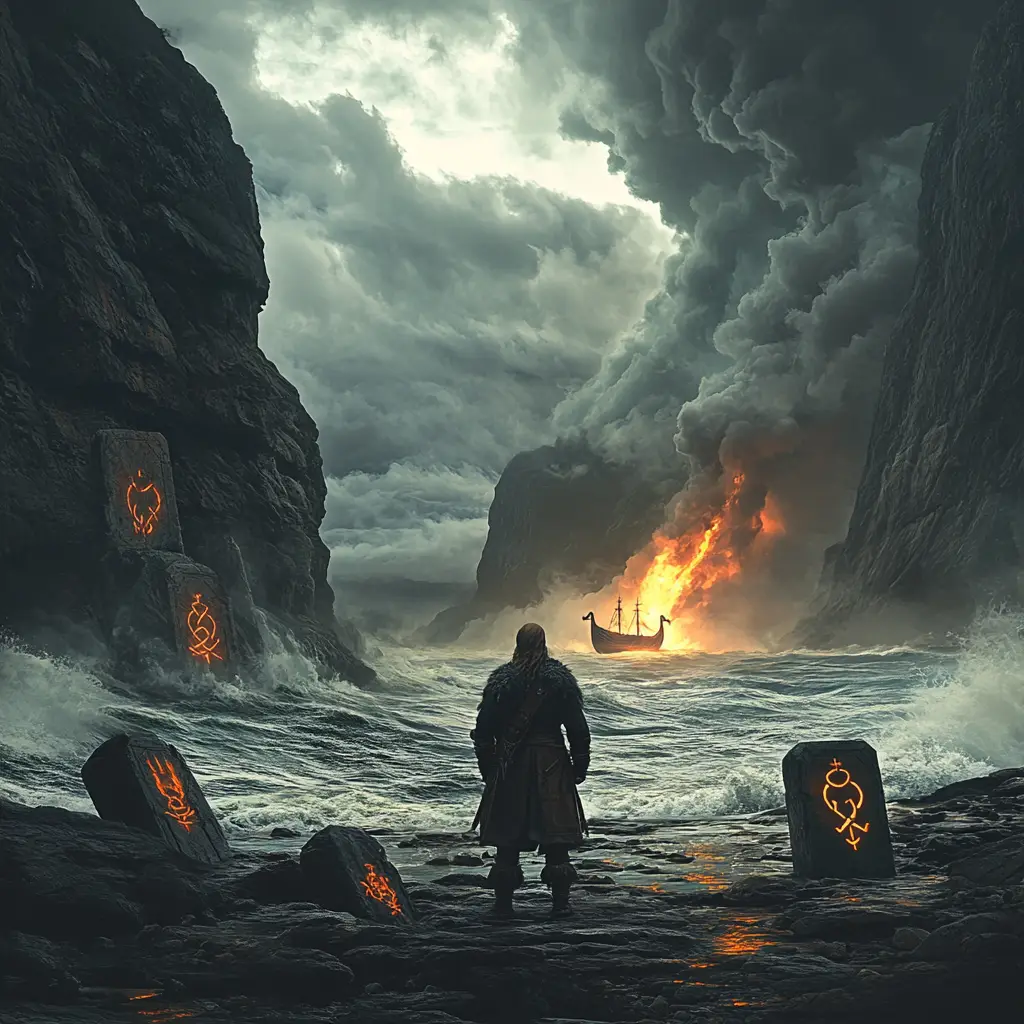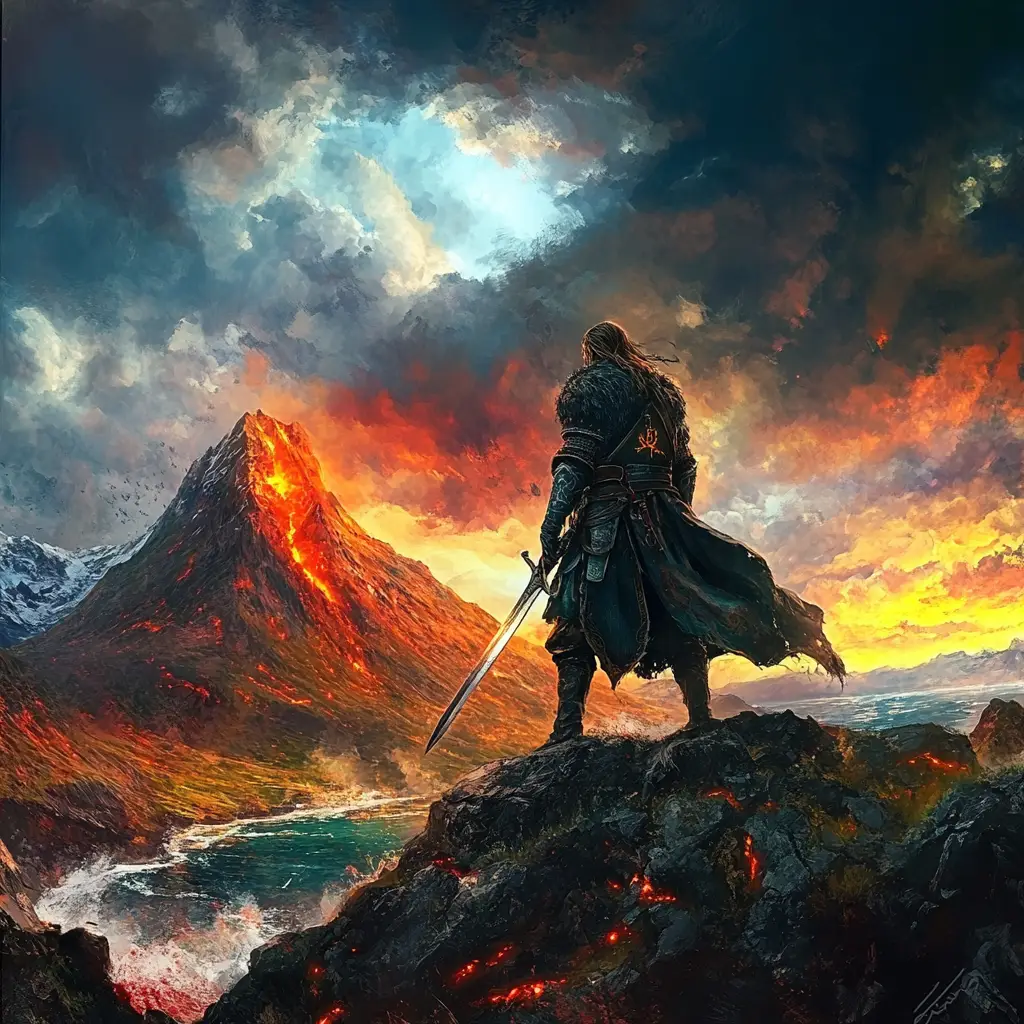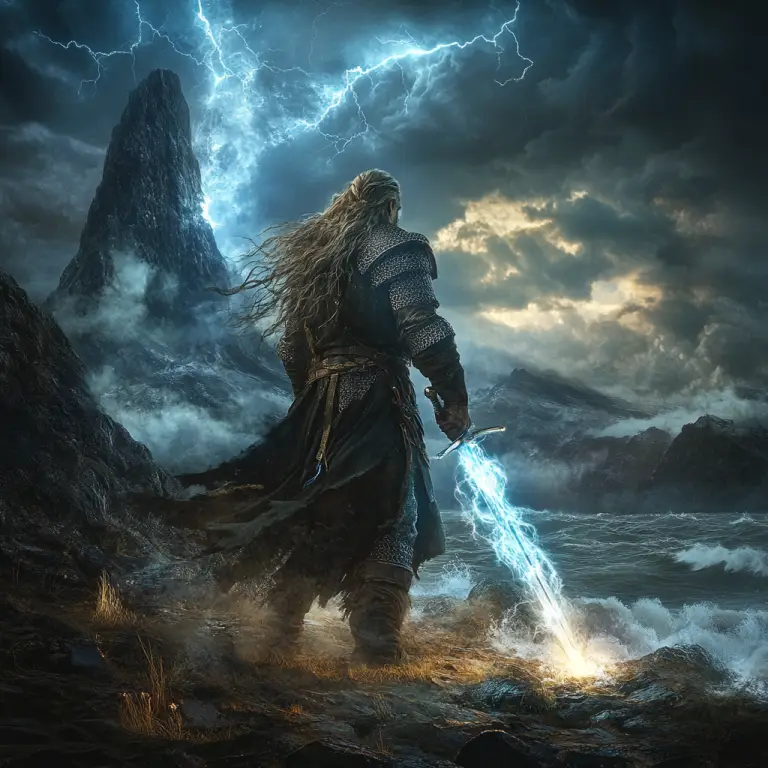Viking sagas are pretty fascinating! The Viking sagas are a collection of Old Norse prose narratives that preserve the culture, history, and mythology of the Norse people. These sagas, primarily written in Iceland between the 12th and 14th centuries, detail the lives of Norse heroes, legendary kings, settlers, gods, and everyday life during the Viking Age. They are a rich source of historical and cultural knowledge, blending history, mythology, and storytelling.
Types of Viking Sagas
Family Sagas (Íslendingasögur):
These focus on the lives of Icelandic settlers and their descendants during the Settlement Era (9th–10th centuries).
Themes include feuds, love, revenge, and legal disputes.
Famous examples:
Njáls Saga: A story of feuding families and the pursuit of justice.
Egil’s Saga: The life of Egil Skallagrimsson, a warrior-poet and outcast.
Laxdæla Saga: A tragic tale of love, betrayal, and revenge among Icelandic families.
Kings’ Sagas (Konungasögur):
Narratives about the lives of Scandinavian kings, often blending historical accounts with myth and legend.
Famous examples:
Heimskringla by Snorri Sturluson: Chronicles the history of Norwegian kings.
Ynglinga Saga: Details the mythological origins of the Swedish and Norwegian royal lines.
Legendary Sagas (Fornaldarsögur):
Focused on heroic and mythical tales, often involving gods, giants, and magical creatures.
These sagas are more fantastical and less grounded in history.
Famous examples:
Volsunga Saga: The epic story of Sigurd the dragon-slayer and the cursed gold of the Nibelungs.
Hervarar Saga: Tales of battles, magic swords, and family curses.
Saints’ Sagas (Helgisögur):
Narratives about the lives and deeds of Christian saints.
Often used to promote Christianity in Scandinavia during its transition from paganism.
Famous examples:
Saga of Olaf Tryggvason: Chronicles the Christianization of Norway under King Olaf.
Chivalric Sagas (Riddarasögur):
Inspired by European medieval romance literature, these sagas often involve knights, quests, and courtly love.
Famous examples:
Saga of Tristram and Isond: A Norse adaptation of the Tristan and Isolde legend.
Key Features of Viking Sagas
Historical and Mythological Blend: While many sagas attempt to preserve historical events, they often include mythological elements and embellishments.
Oral Tradition: Most sagas were passed down orally before being written, preserving the storytelling style of the Viking Age.
Focus on Honour and Fate: Sagas frequently explore themes of honour, family loyalty, and the inevitability of fate (wyrd).
Characters: Heroes are often larger-than-life figures, but they are portrayed with human flaws and complexities.
Law and Society: Many sagas provide insights into Norse law, social structures, and cultural values.
Importance of the Sagas
Historical Records: While not always reliable as historical documents, the sagas offer glimpses into Viking life, exploration, and beliefs.
Literary Value: They are masterpieces of world literature, influencing later works such as Tolkien’s The Lord of the Rings.
Preservation of Norse Mythology: Sagas like the Prose Edda and Poetic Edda are crucial for understanding Norse mythology and cosmology.
Cultural Legacy: The sagas remain a vital part of Icelandic identity and Scandinavian heritage.
The Viking sagas are not just tales of adventure and conflict; they are windows into the lives, beliefs, and values of a fascinating and influential culture.



